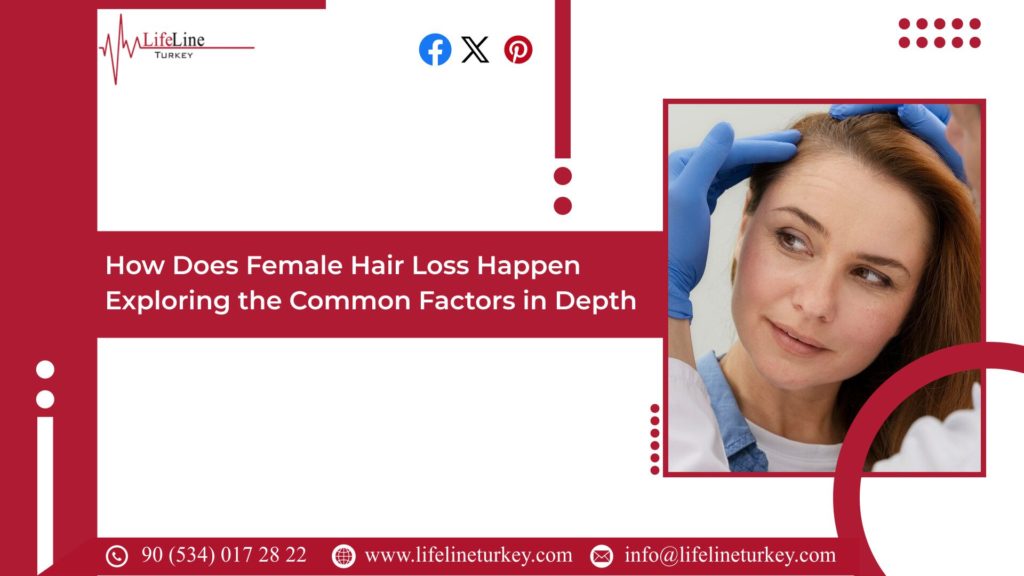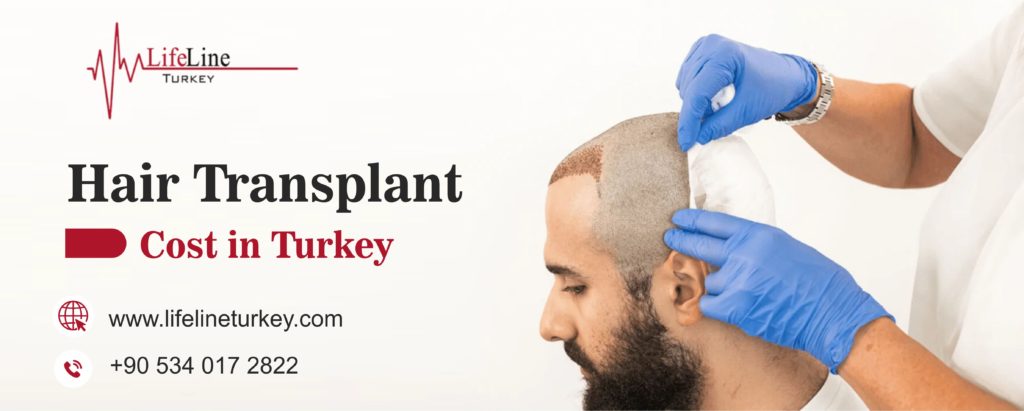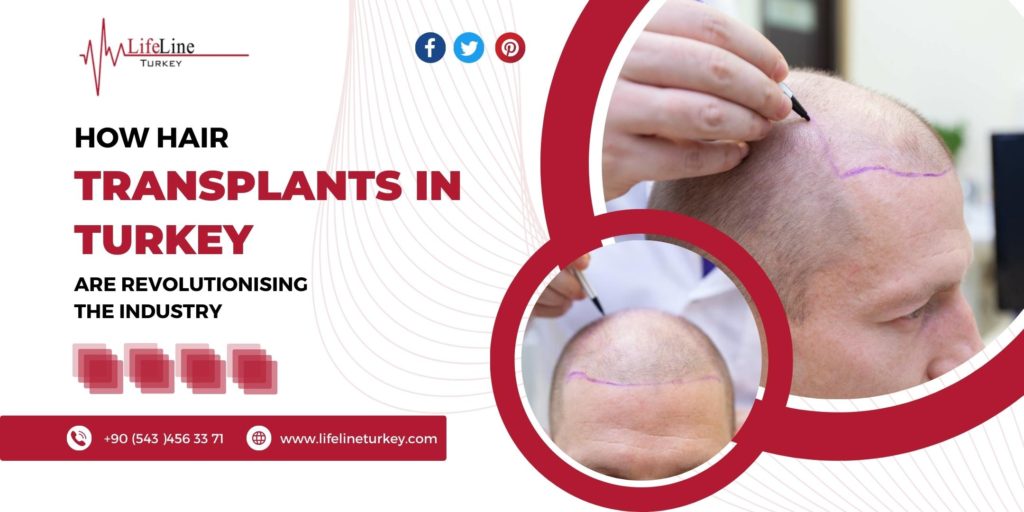Hair loss can be a deeply personal and emotional experience for women, impacting confidence and self-esteem. Understanding the reasons behind it can be empowering, allowing you to explore potential hair loss treatment solutions and make informed decisions about seeking professional help. This blog delves into the world of female hair loss, exploring the common factors that contribute to this condition.
The Hair Growth Cycle: Understanding the Foundation
Before diving into the causes, it’s crucial to understand the natural hair growth cycle. Hair follicles, tiny pockets in your scalp, house the hair root and are responsible for hair growth. This cycle has three distinct phases:
- Anagen (growth phase): This active phase can last for years, and it’s where hair actively grows.
- Catagen (transition phase): This short phase lasts a few weeks and signals the end of the growth cycle.
- Telogen (resting phase): Hair remains dormant in this phase before eventually shedding.
While some hair loss is normal (around 50-100 strands daily), any significant deviation from this cycle or an increase in shedding can be cause for concern.
Unveiling the Culprits: A Deeper Look at Common Causes
Several factors can disrupt the hair growth cycle and lead to female hair loss. Here’s a closer look at some of the most common:
1. Androgenetic Alopecia (Female Pattern Hair Loss): This is the most prevalent form of hair loss in women, affecting millions globally. It’s often genetic, meaning a family history increases the risk. Androgenetic alopecia typically presents as gradual hair thinning across the scalp, often starting at the crown. Hormonal changes, particularly during menopause and after childbirth, can exacerbate this condition.
2. Telogen Effluvium: Unlike androgenetic alopecia, telogen effluvium is a temporary form of hair loss. It results from a disruption in the hair growth cycle, causing an increased number of follicles to enter the shedding phase simultaneously. Stress, severe illness, rapid weight loss, childbirth, and certain medications can trigger telogen effluvium. While the hair loss itself is temporary, addressing the underlying cause is crucial to prevent future occurrences.
3. Thyroid Issues: An overactive or underactive thyroid gland can disrupt hormonal balance, leading to hair loss. Symptoms like fatigue, weight changes, and irregular periods can accompany hair loss in these cases. Early diagnosis and proper management of thyroid conditions are essential for restoring hormonal balance and promoting healthy hair growth.
4. Nutritional Deficiencies: Lack of essential nutrients like iron, vitamin D, and biotin can negatively impact hair growth and contribute to hair loss. Ensuring a balanced diet rich in these nutrients is crucial for healthy hair. If dietary changes are insufficient, consulting a healthcare professional about potential supplementation might be necessary.
5. Scalp Conditions: Certain scalp conditions, like scalp psoriasis, seborrheic dermatitis, and fungal infections, can damage hair follicles and lead to hair loss. Addressing the underlying scalp condition through prescribed medications or topical treatments is essential for promoting hair growth and preventing further damage.
6. Hairstyles and Treatments: Tight hairstyles like braids or ponytails that put excessive tension on the scalp can lead to a type of hair loss called traction alopecia. Similarly, harsh chemical treatments, heat styling tools, and excessive bleaching can damage hair and contribute to breakage and thinning. Practicing gentle hair care techniques, minimizing heat styling, and opting for natural hair products whenever possible can help minimize hair loss from these external factors.
Symptoms of Hairfall in Females
Female hair loss can present with various symptoms, and the severity and pattern of symptoms may vary among individuals. Here are common symptoms associated with female hair loss:
- Gradual Thinning: Overall reduction in hair thickness, especially at the crown.
- Widening Part: The part in the hair becomes wider, revealing the scalp.
- Increased Hair Shedding: Excessive hair fall, often due to hormonal changes, stress, or nutritional deficiencies.
- Reduced Hair Volume: A decrease in overall hair volume makes hairstyles appear less.
- Receding Hairline: Some women may experience a receding hairline along the temples.
- Visible Scalp: The scalp becomes more visible as hair thins.
- Changes in Hair Texture: Hair may become finer and less robust.
- Localized Bald Spots: Some women may develop bald spots, especially in cases of alopecia areata.
- Itching or Irritation: Scalp itching or irritation may accompany hair loss.
- Visible Hair on Pillows or in Shower Drain: Increased hair on pillows, brushes, or in the shower drain.
Permanent Treatments to Stop Hair Loss
Here are some potential permanent or long-term hair fall treatments:
Minoxidil (Rogaine):
- Minoxidil is an over-the-counter topical solution, or foam, that is applied directly to the scalp.
- It is one of the most widely used treatments for androgenetic alopecia (genetic hair loss) in both men and women.
- Minoxidil has been shown to promote hair growth and prevent further hair loss, but continuous use is required to maintain results.
Finasteride (Propecia):
- Finasteride is an oral prescription medication that is primarily used to treat male pattern baldness.
- It works by inhibiting the action of the hormone dihydrotestosterone (DHT), which is associated with hair loss.
- It’s important to note that finasteride is generally not recommended for women of childbearing age or pregnant women due to potential risks to a developing male fetus.
Low-Level Laser Therapy (LLLT):
- LLLT involves the use of red or near-infrared light to stimulate hair follicles and promote hair growth.
- Devices such as laser combs, helmets, or caps are available for home use, and some dermatologists offer in-office treatments.
- The exact mechanisms by which LLLT works are not fully understood, but it appears to enhance cellular activity within the hair follicles.
Platelet-Rich Plasma (PRP) Therapy:
- PRP involves drawing a small amount of the patient’s blood, processing it to concentrate platelets, and then injecting the platelet-rich plasma into the scalp.
- Platelets contain growth factors that may stimulate hair follicles and promote hair growth.
- Multiple sessions may be required, and results can vary.
Hair Transplantation:
- Hair transplantation is a surgical procedure in which hair follicles are taken from a donor area (usually the back or sides of the scalp) and transplanted into areas with thinning or no hair.
- This method provides a more permanent solution to hair loss, but the success of the procedure depends on factors such as the availability of donor hair and the surgeon’s skill.
Cost of Hair Treatment
The cost of hair loss treatment can vary widely based on several factors, including the type of treatment, the method used, the duration of the treatment, and the geographic location. Additionally, costs may differ depending on whether the treatment is performed at a clinic or by a healthcare professional.
Seek Professional Help for Hair Fall Loss Treatment
Understanding the complexities of female hair loss involves recognizing the multifaceted factors that contribute to this condition. Hormonal changes, genetic predispositions, nutritional deficiencies, stress, underlying medical conditions, and certain hairstyling practices all play a role. Seeking professional advice from a dermatologist or healthcare provider is crucial for accurate diagnosis and appropriate hair loss treatment options tailored to individual needs. By addressing the root causes, women can empower themselves to manage and mitigate the effects of hair loss effectively. To know the best hair treatment, consult a dermatologist at Lifeline Turkey.



